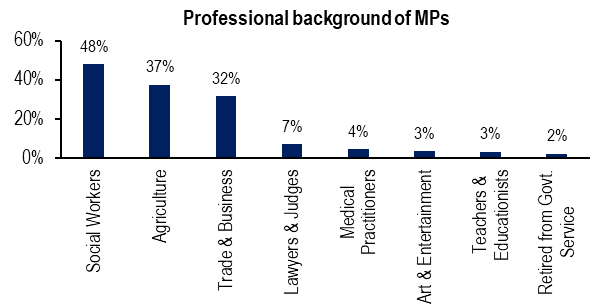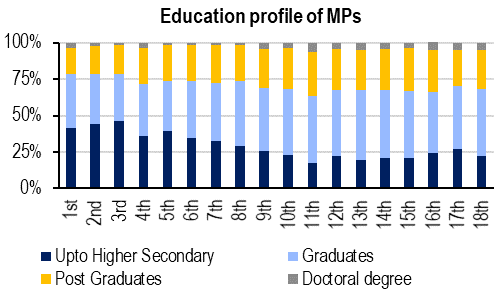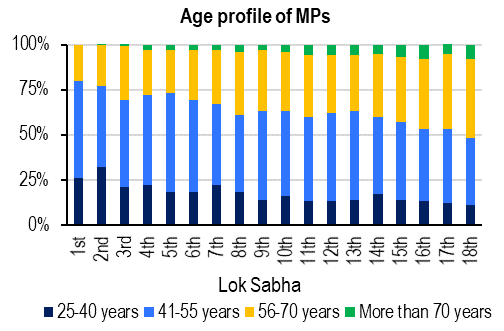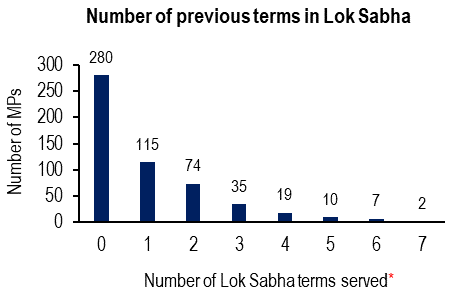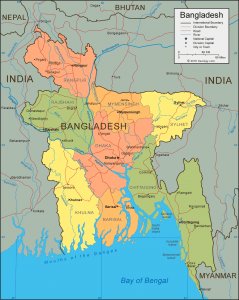Parliament is a mirror of society. Profile of parliament give us many valuable indications about the nature of society and the changing direction of society.
There is no difference in profile of members of parliament and state legislature. There is no difference in the profile of members of upper house and lower house.
Shankar and Rodrigues have divided the changing profile of MPs in 3 phases.
1. 1st Phase: Till 1967
In terms of caste, Brahmins dominated the parliament. OBCs, women and minorities were under represented. Representation in proportion of population for members of Scheduled Castes and Scheduled Tribes ensured their presence.
In terms of education, most of them were graduates from foreign universities, including the members of scheduled caste community.
In terms of profession, lawyers were more in number and the 2nd position was of agriculturalists.
2. 2nd Phase: 1967 – 1989
The phase of transition.
As a result of state reorganization, green revolution and deepening of democracy, there was a rise of intermediate caste. A phenomenon described by Yogendra Yadav as 1st democratic upsurge.
Now OBCs became the most dominant section. In terms of profession, agriculturalists were in majority followed by social service members. Earlier professionals were joining politics and politics was not a source of income but now the trend started where the politics became the full-time profession. The trend started because of JP movement and Sanjay Gandhi youth congress. Youth entered the politics at the time of career formation.
Number of graduates from foreign universities have declined. Nothing changed as far as the representation of minorities and women is concerned. Representation of women got stagnated around 8-10% of total seats.
3. 3rd Phase: From 1989
The phase of plebeianization (mobocracy).
Prof. Yogendra Yadav explains it through the term ‘2nd democratic upsurge’.
Parliament continues to be dominated by OBCs. And in terms of profession, by agriculturalists and social workers.
There is not much change with respect to women and minority representation.
The Number of graduates has increased.
Since 1990s, there has been too much presence of persons from criminal background. A phenomenon known as ‘criminalization of Indian politics’.
4. Profile of 18th Lok Sabha
